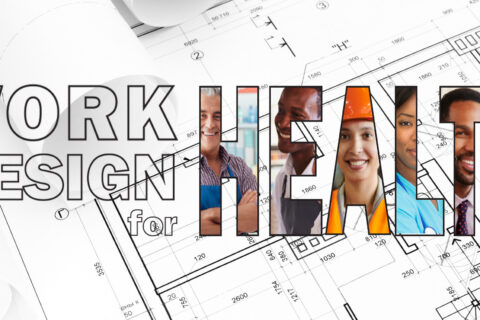Overview
Why Invest in Worker Health and Well-Being?
Work is a leading source of stress for Americans, and research has shown that the nature and design of work, and the extent to which it acts as a chronic stressor, can have wide-ranging effects on employee health and health care costs.
The good news for employers is that there can be long-term benefits to organizations of investing in workers’ overall well-being. According to research:
- Healthy employees are more productive and engaged, have lower absenteeism and turnover rates, and incur fewer health care expenses.
- Organizations that invest in employee well-being by strategically improving workplace conditions can reduce turnover and increase employee productivity.1,2
Introducing Our Employer Toolkit
This toolkit is designed to help employers support worker well-being and to build a workplace culture of health in which workplace conditions foster the good health of all workers in a fair and equitable manner. In particular, this toolkit:
 | Provides an evidence-based framework or approach–called Work Design for Health–to guide employers on enhancing employee well-being at work through a thoughtful and systematic process of workplace change. Click on the drop-down menu below to learn more about the Work Design for Health approach. |
 | Highlights a wide range of promising management practices, tested through research, that illustrate the principles of a Work Design for Health approach. Throughout the toolkit, case studies and other illustrations offer examples of ways that employers have effectively implemented these strategies in their organizations, including examples of promising practices that can foster resilience in frontline workers during times of crisis or rapid organizational change. |
 | Offers how-to advice. We provide tools and resources to help plan, implement, manage, and sustain effective workplace changes for worker well-being using a Work Design for Health approach, including a step-by-step guide to implementing these kinds of organizational changes. |
Navigating the Employer Work Design for Health Toolkit
The toolkit consists of a number of modules. The first, the Overview, provides an introduction to the Work Design for Health approach to worker well-being. The next three modules explore the three principles that are at the heart of the Work Design for Health approach: giving employees more control on the job; taming excessive job demands; and improving social relationships in the workplace. The final module, “Get Started,” offers key steps and resources for implementing a Work Design for Health approach.

